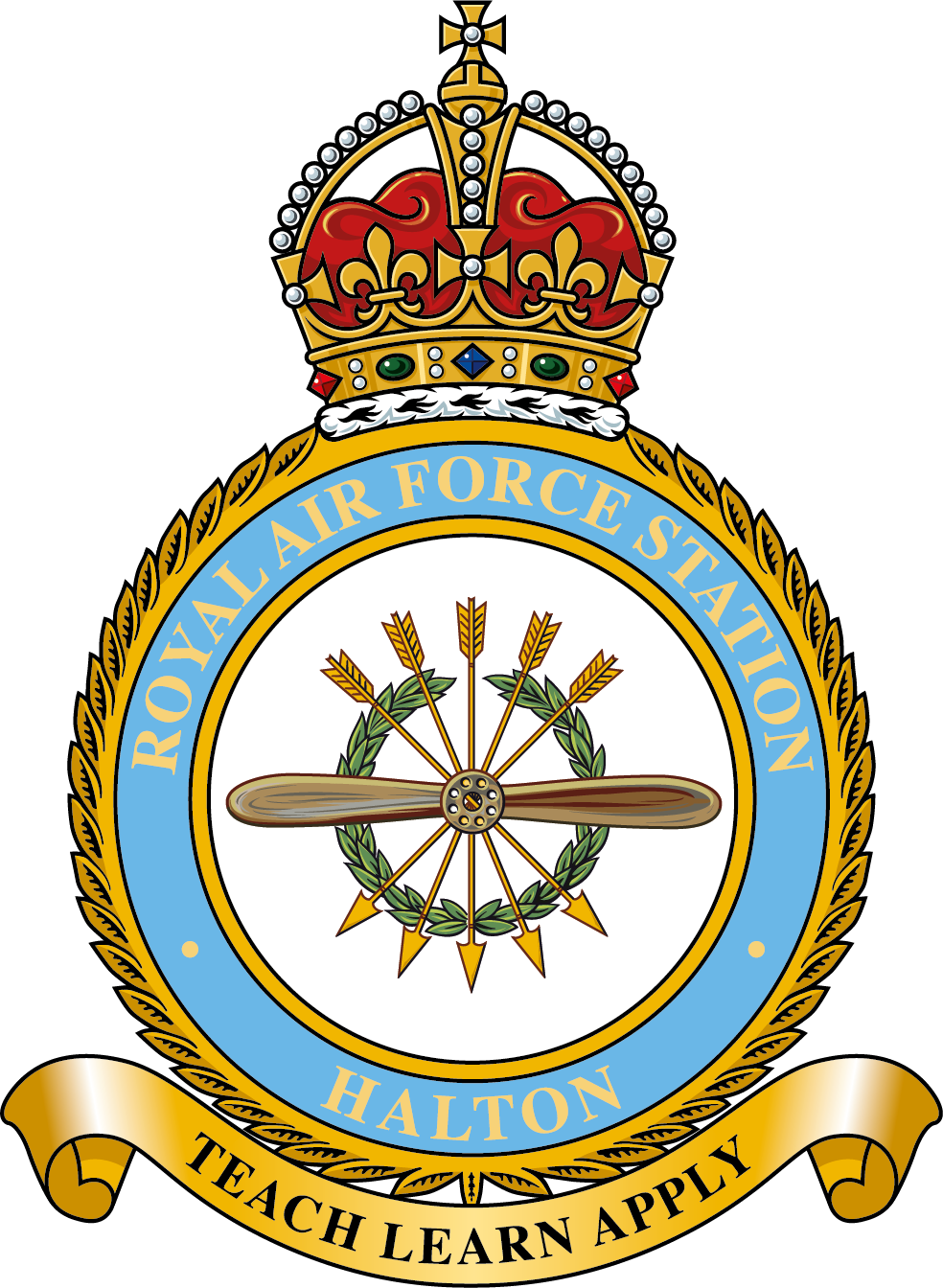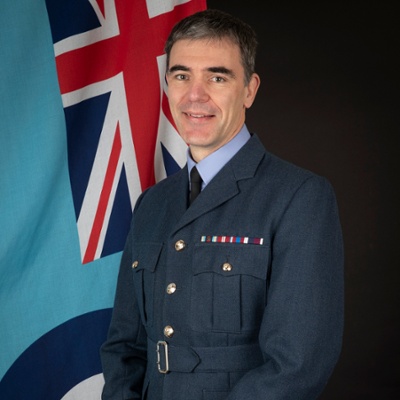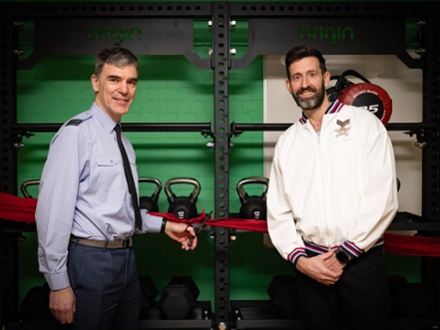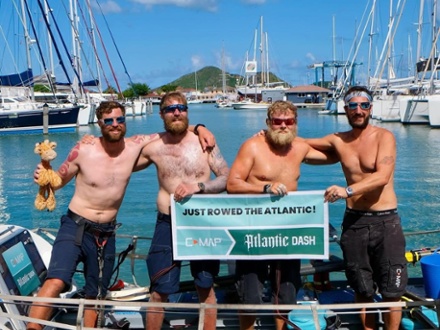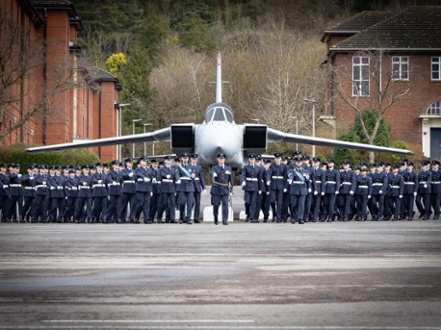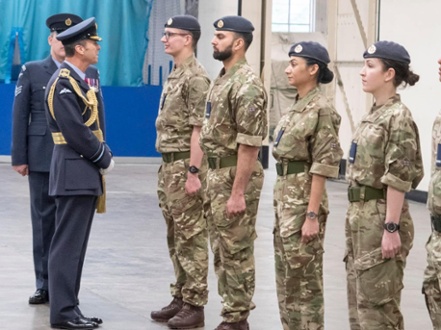The Station
The primary role of RAF Halton is to train military and civilian personnel to perform to the highest standard for military operations. In particular this sees the Station deliver the Basic Recruit Training Course which has a throughput of approximately 2300 personnel graduating from the Phase 1 course annually, as well as the delivery of command, leadership and management training for all non-commissioned Service Personnel as part of their Phase 3 development.
RAF Halton is home to 21 Supported Units across a range of specialities from air activity to defence media operations. The Station also supports 16 RAF Sports Associations as their nominated ‘home’, Wider Defence Tasks, Air Cadet Activity and Senior Leadership Team events.
RAF Halton is one of the largest RAF stations and home to approximately 2,100 personnel from all three armed services, contractors, and civilians.
RAF Halton Mission
“One Team, Training People for Defence”




